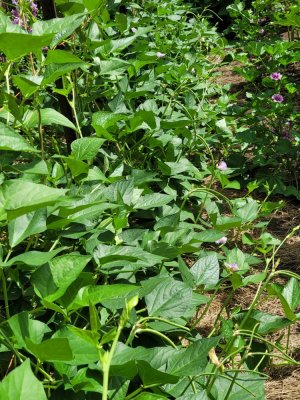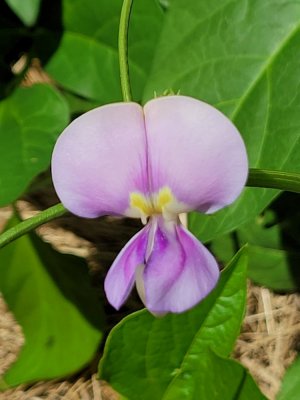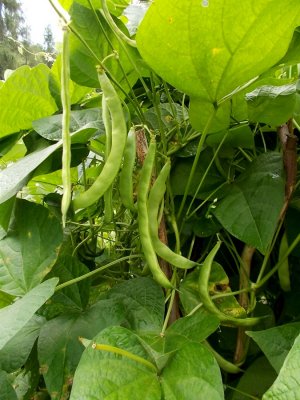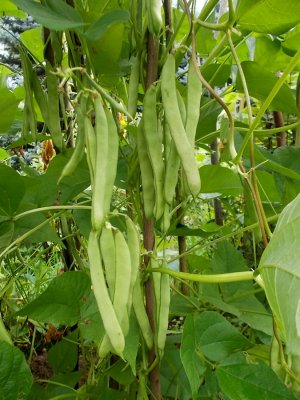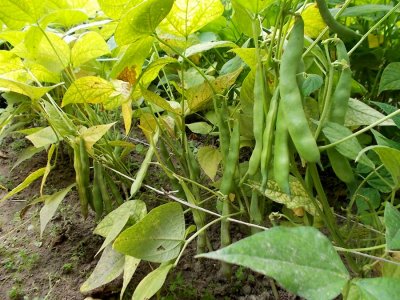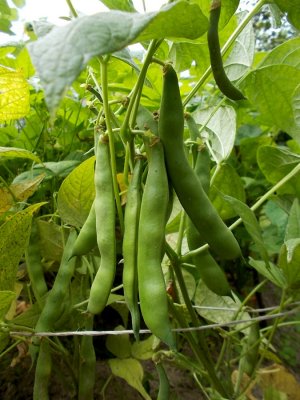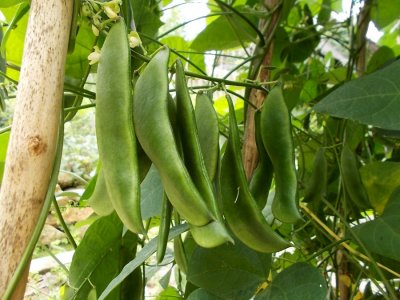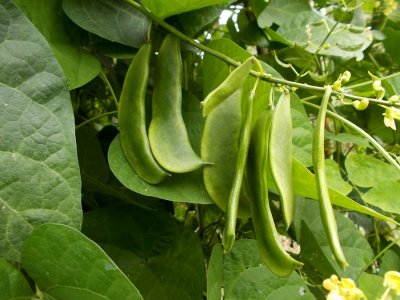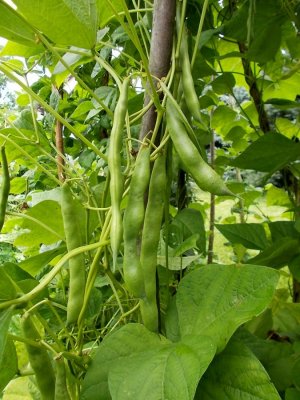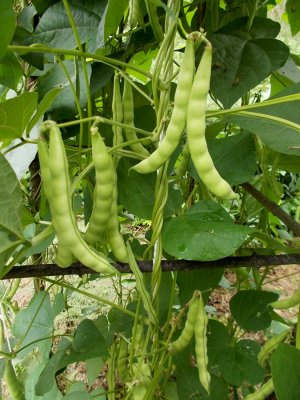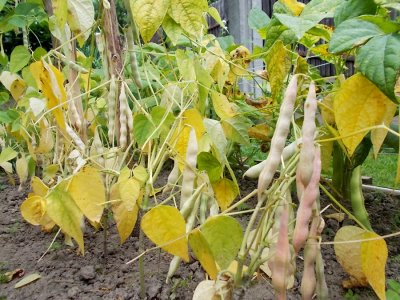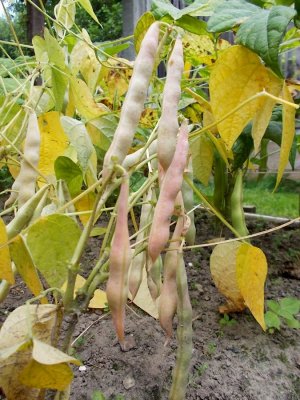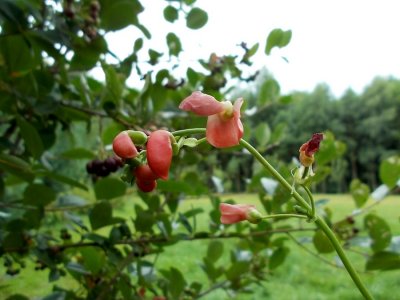heirloomgal
Garden Addicted
- Joined
- Jan 17, 2021
- Messages
- 5,135
- Reaction score
- 16,848
- Points
- 285
- Location
- Northern Ontario, Canada
Seems like a lot of us are in the same weather boat.@flowerbug
In my region, the weather is unchanged. Tropical heat alternating with storms and heavy rains. Many flowers and little pods have fallen from the pole beans. All of them from Bill Wheatly Fall. Fortunately, it's still blooming so the chance for some seeds is still there. Beans that grow in places where shade appears faster looks best. It's a tough year for beans.

